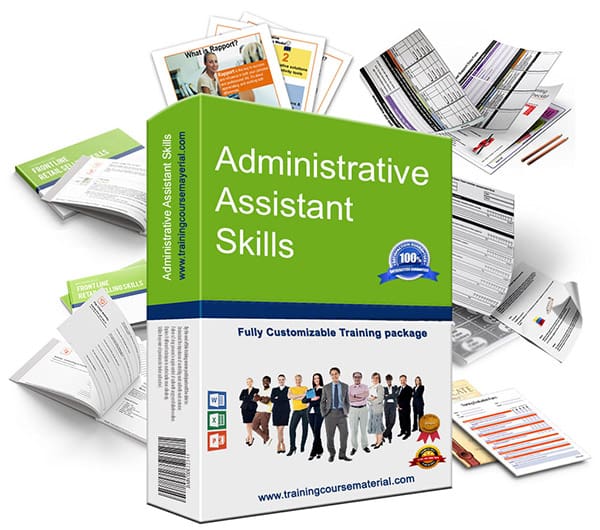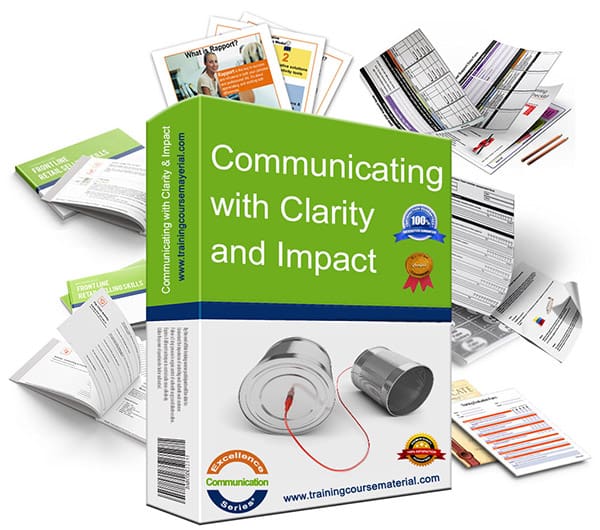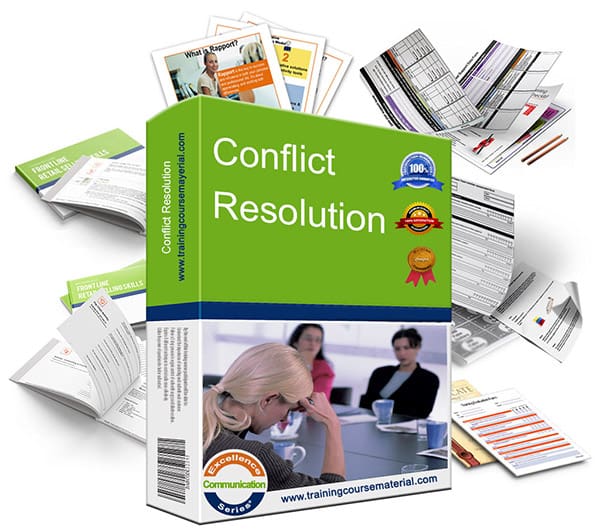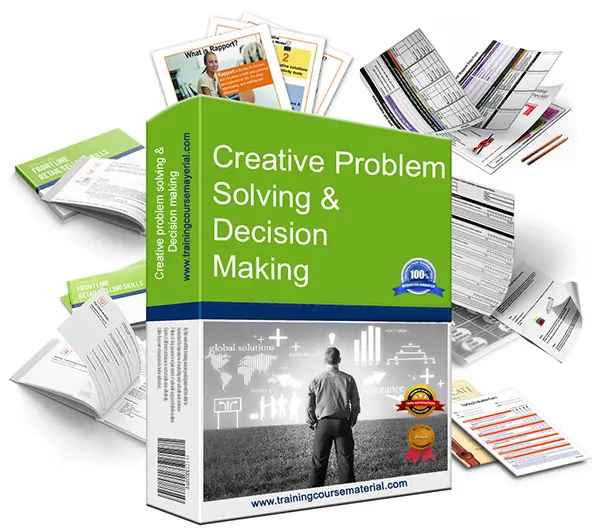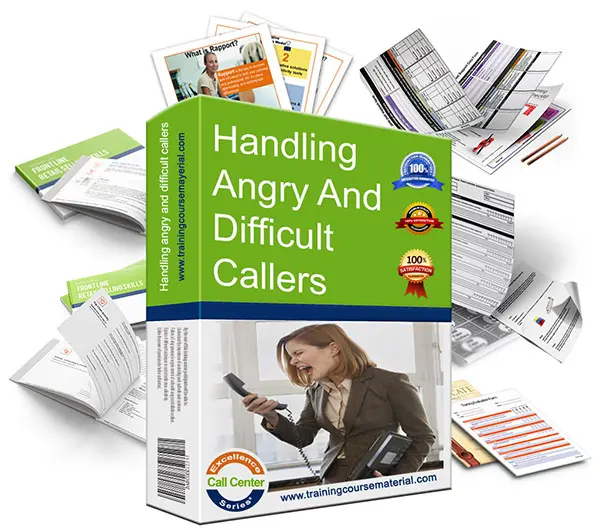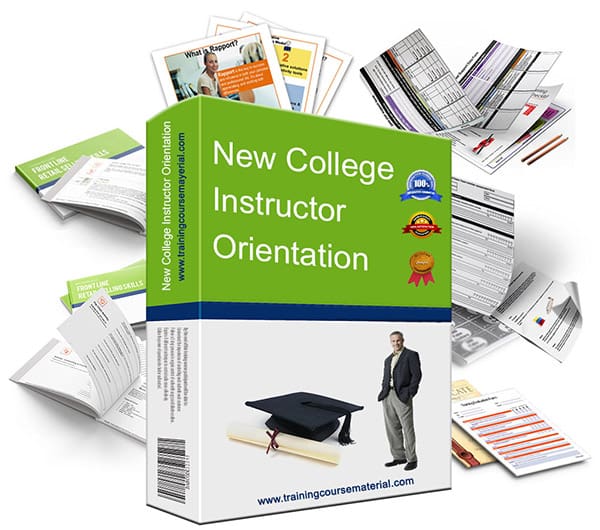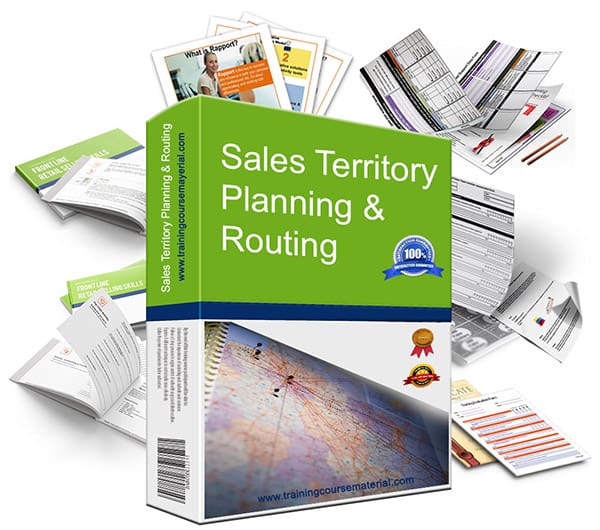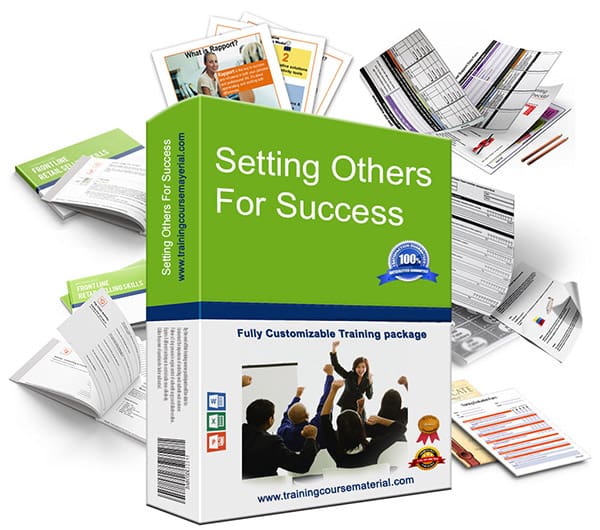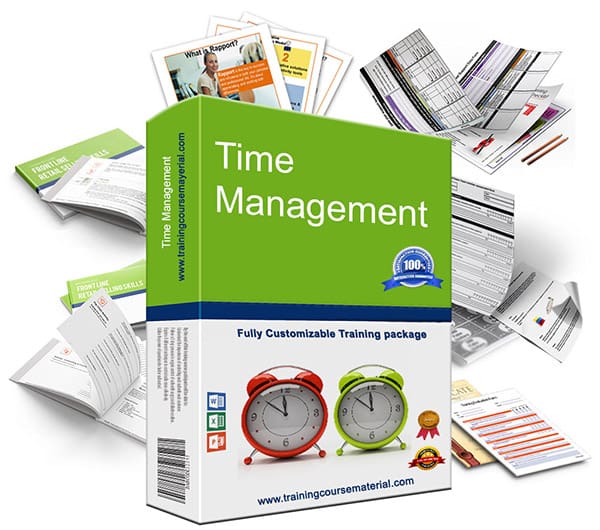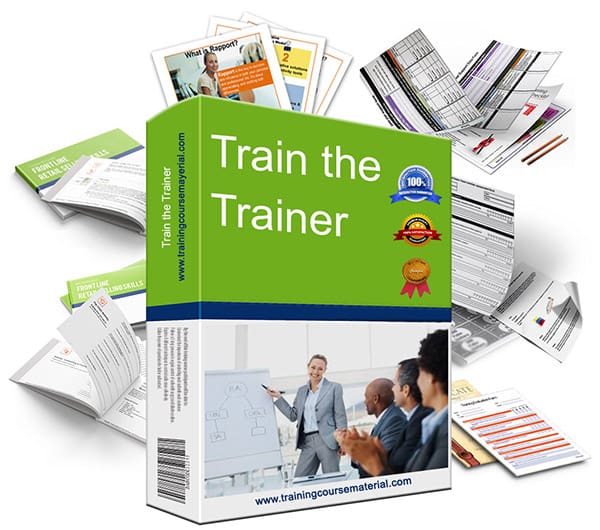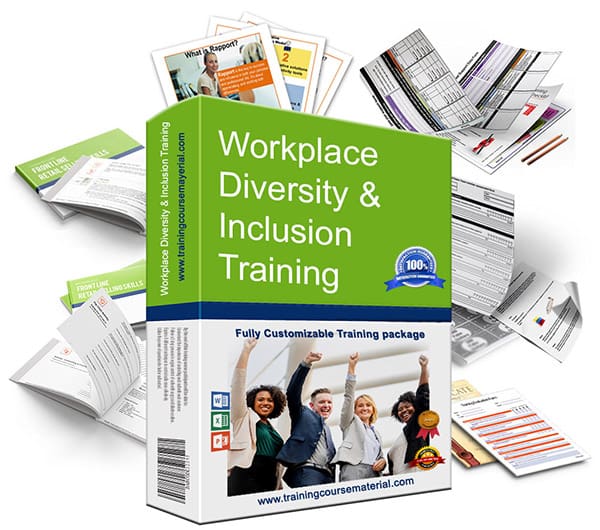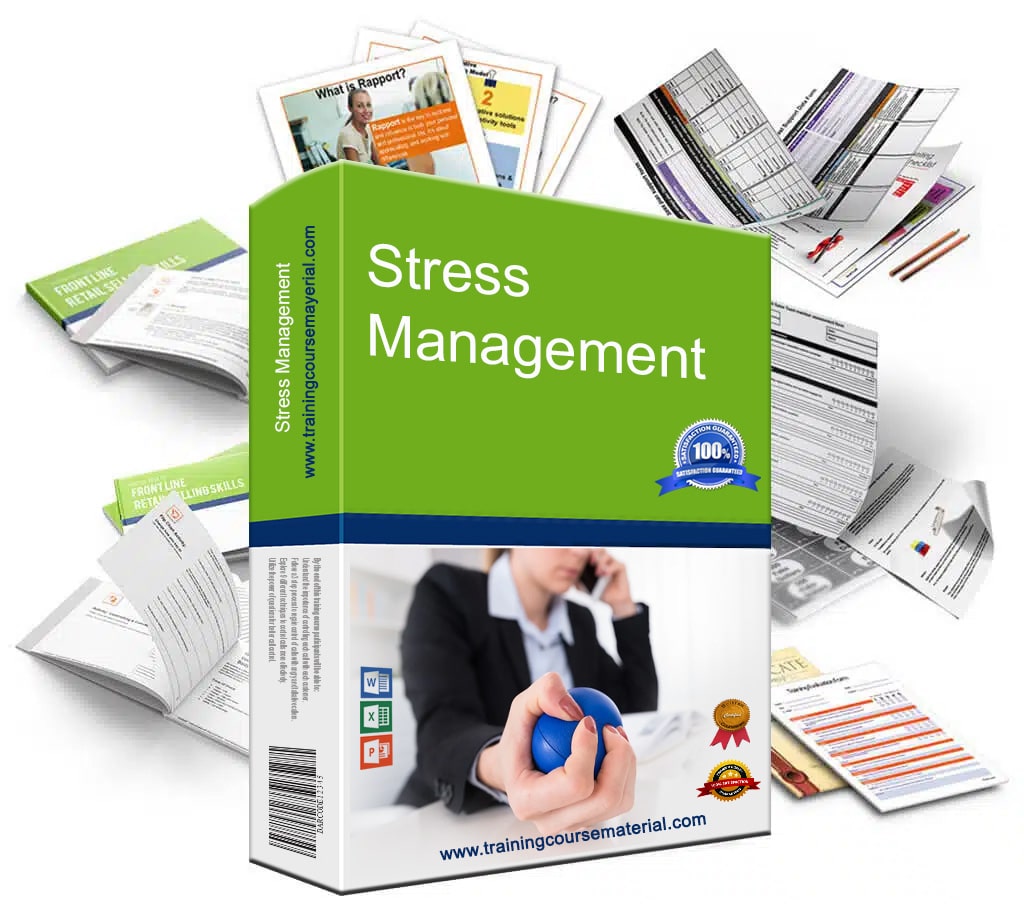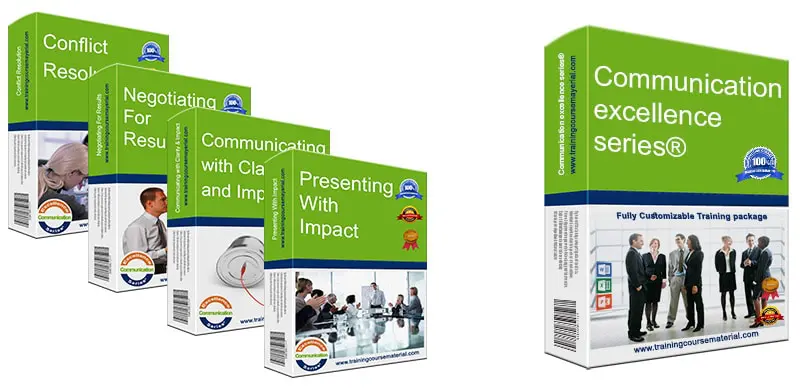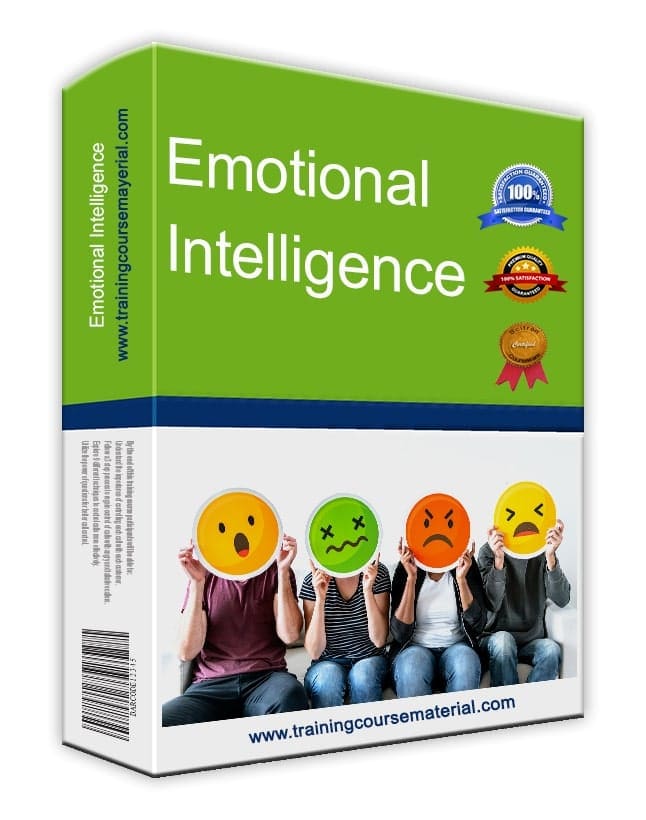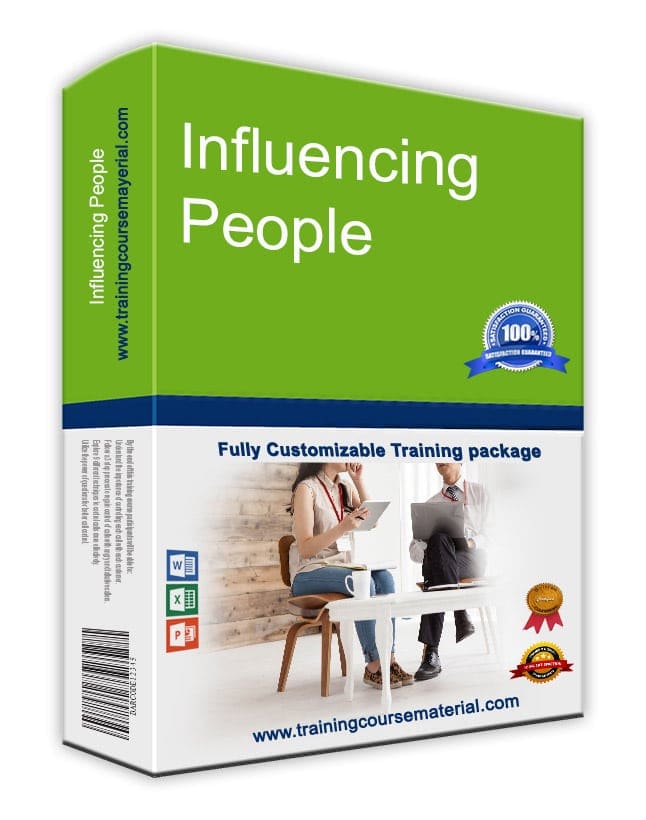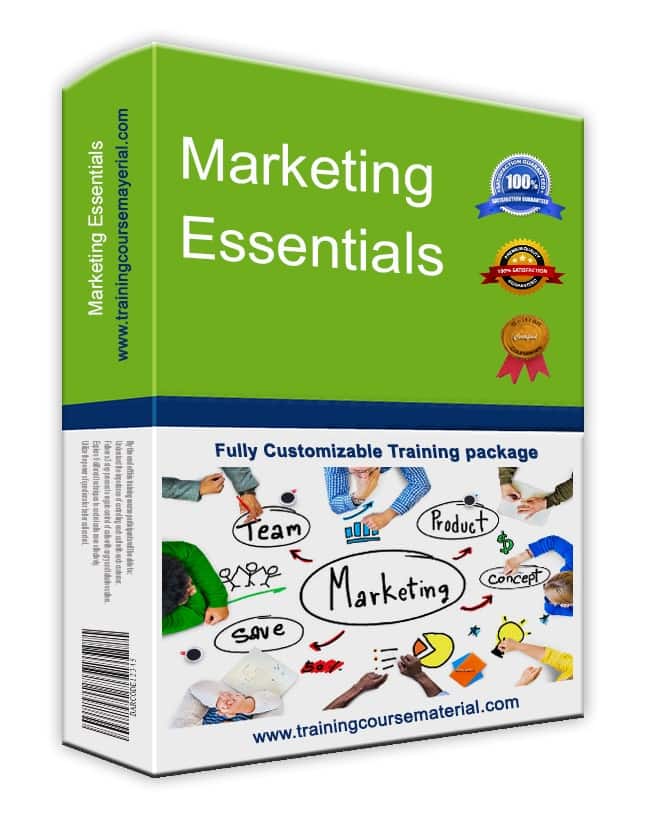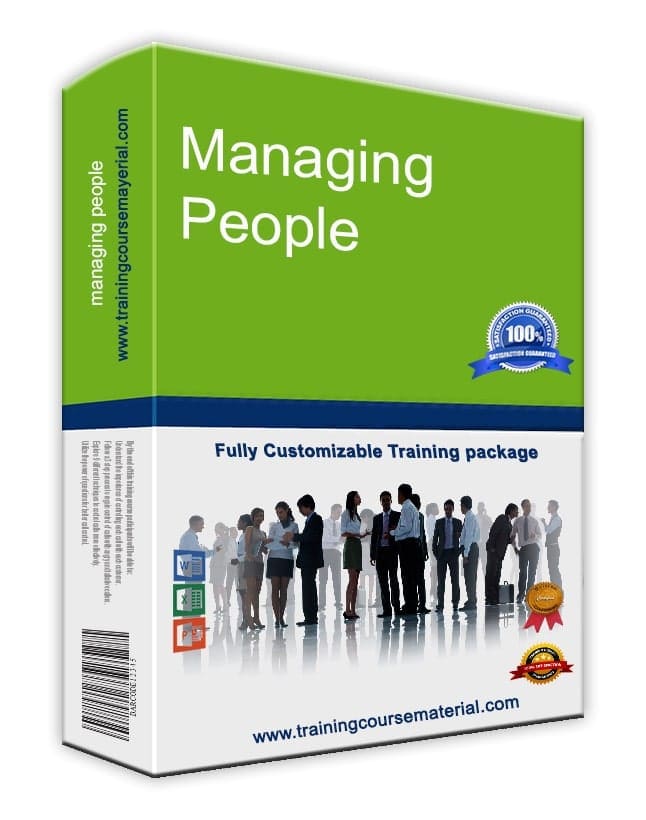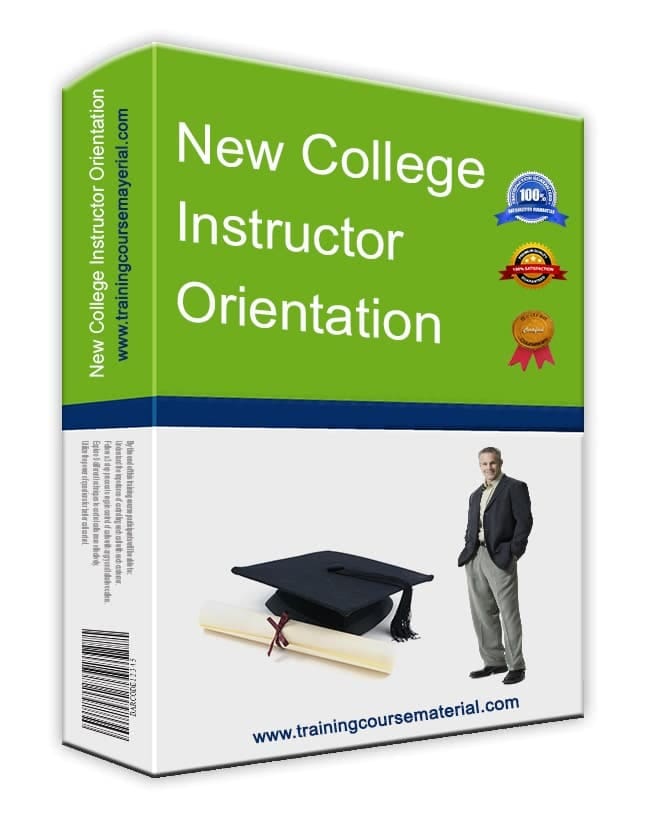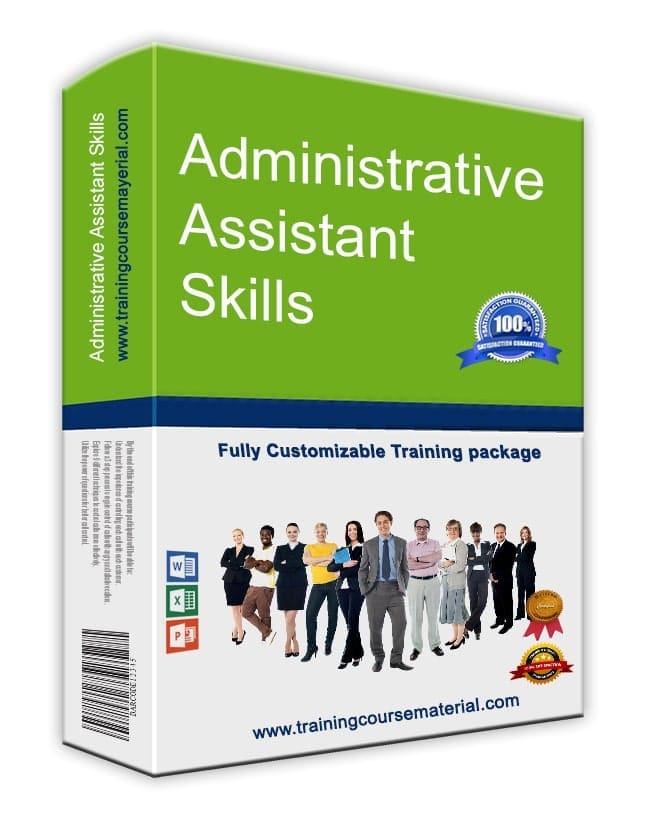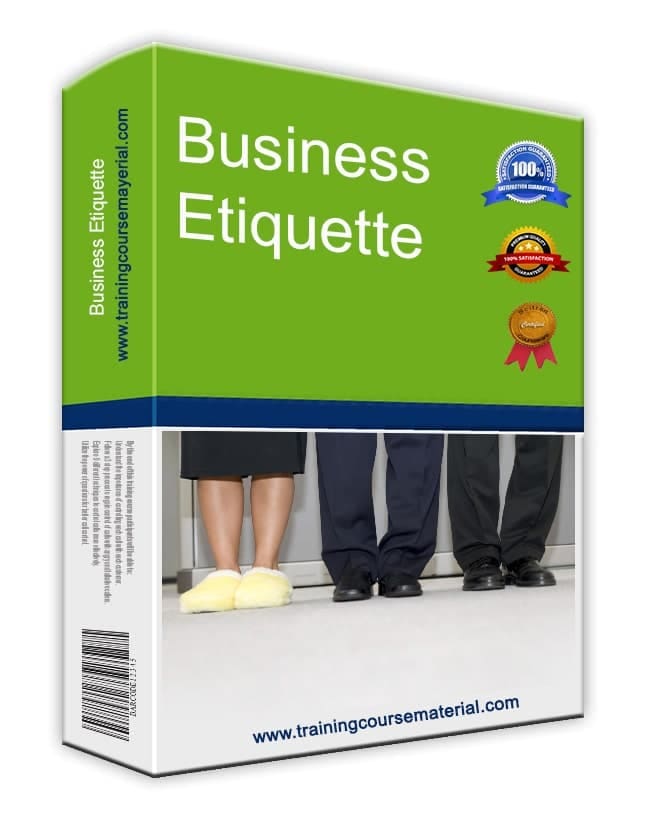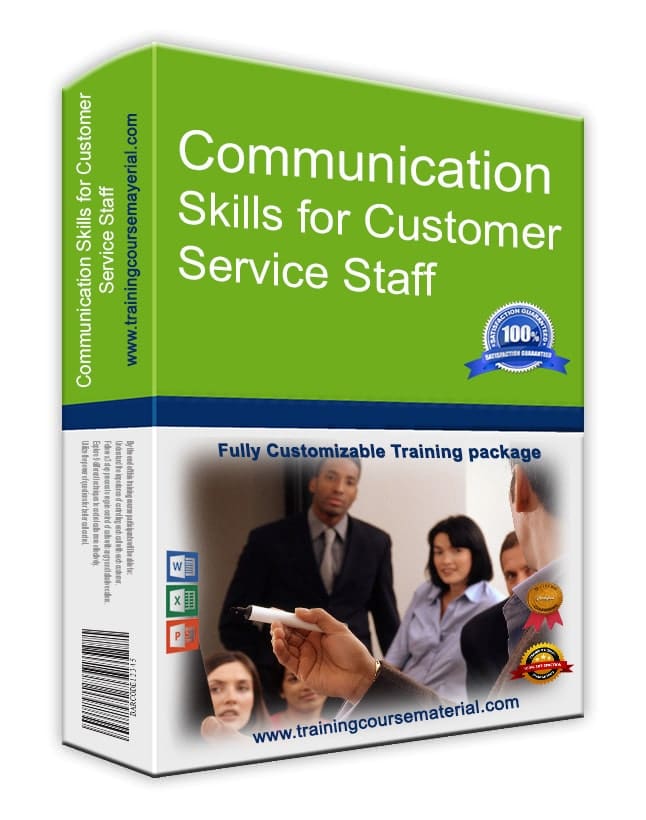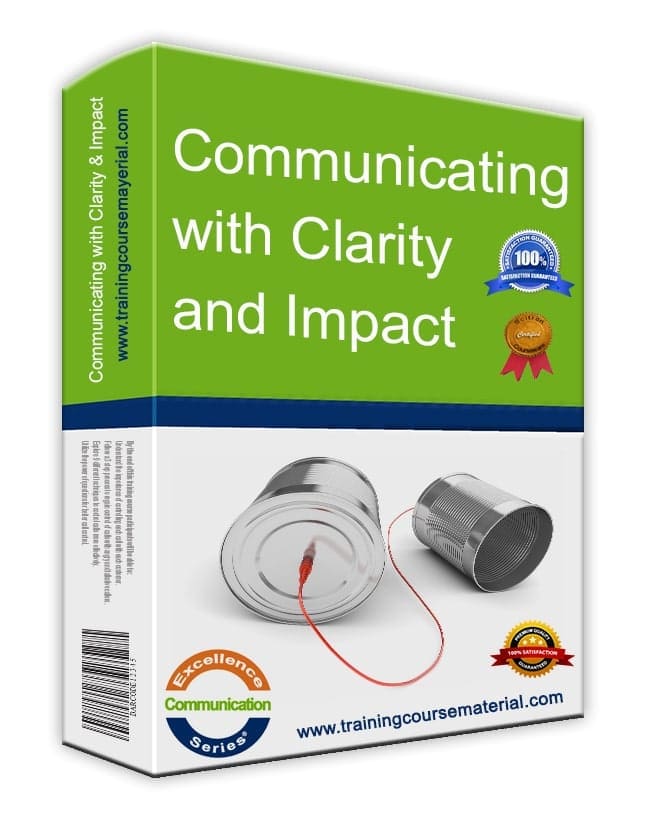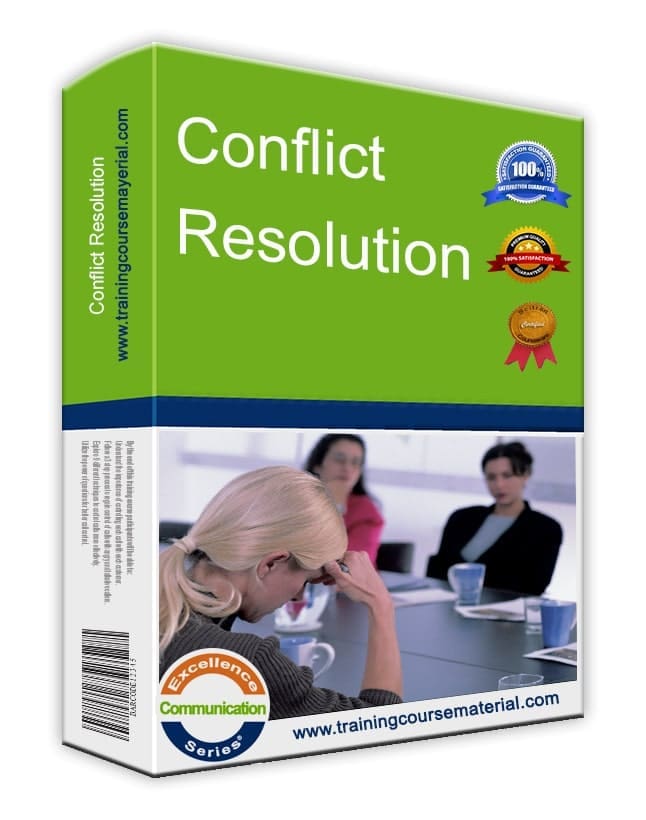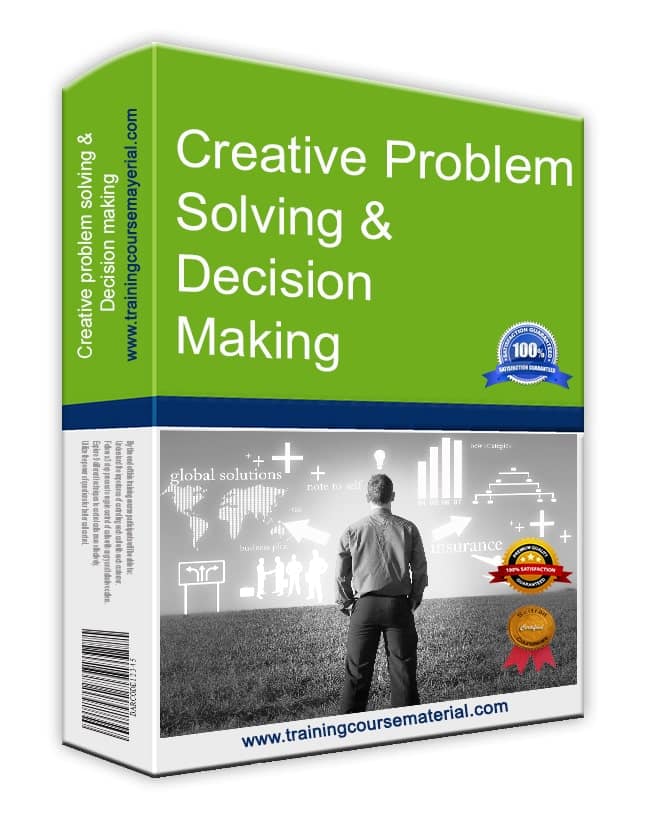By Training Course Material FZE ·
Originally published: 02 April 2021 ·
Last updated: 13 August 2025
Case studies turn abstract ideas into choices a real person had to make. That’s why they work. Used well, they help participants test a model, compare options, and decide what they’d do on the job.
What case studies do for learning
- Anchor theory in a concrete situation.
- Surface constraints—time, budget, people—that shape decisions.
- Create safe debate and multiple valid paths.
- Make debriefs about trade‑offs, not “right answers.”
If you like planning with a trainer’s guide, this pairs nicely with how to use a trainer’s guide for clear prompts and timing.
1) Write a different outcome
After reading a case (solo or together), ask teams to rewrite the ending. Change one variable—timeline, stakeholder, budget—and predict the ripple effects.
Prompt: “If X had not attended coaching / if the deadline moved up 2 weeks, what would likely happen? Why?”
Debrief: Compare endings. Which choice led to fewer risks? What data would you want before acting?
2) Run peer interviews about the case
Have participants interview each other about what they noticed—assumptions, feelings, blind spots. Interviews slow people down and invite quieter voices.
- Pairs switch roles after 3–4 minutes.
- Use stems like “What surprised you?”, “Where is the leverage?”, “What would you try first and why?”
- Harvest one question per pair for the group to explore.
For conversation‑friendly activities, see our communication skills activities.
3) Storyboard the case (visual)
Ask teams to sketch 5 frames: context → trigger → decision → action → result. Images force clarity about who did what and when.
- Use sticky notes or simple boxes on a flip chart.
- Label each frame with the decision and expected impact.
- Optional: present frames silently; audience writes questions first.
Want more hands‑on pieces like this? Browse the Free Games & Activities Library.
4) Have learners write a mini case
Invite participants to write a brief case from their world (200–300 words). Focus on one decision, not a life story.
Template: Role & context → trigger → 2 options → constraints → what happened / what you’d try next.
Assessment: Use a short rubric to check clarity, fit to the model, and actionability.
Grab a quick rubric from our Free Assessment Tools.
Debrief fast and make it stick
- Ask, “What would you do by Friday?”—one sentence each.
- Capture 2–3 principles to reuse next time.
- Optionally finish with a quick PowerPoint review game to test recall without stress.
Trainer’s micro‑checklist
- Choose cases that mirror your learners’ context.
- State the task in one sentence; show timing.
- Give a simple scoring guide; assess the thinking.
- Keep share‑outs short; prioritize questions over speeches.
- Always close with a job‑use example.
Common pitfalls (and fixes)
- Too much backstory. Trim to one decision point.
- Debate drifts. Post the question on a slide and timebox.
- Grading presentation style. Score the analysis unless you’re teaching presenting.
- One voice dominates. Use pair interviews before group share.
Try these next
Related training material packages
FAQs
Where can I find good cases?
Start with your own work—short anonymized stories beat glossy PDFs. Adapt examples from public reports and customer stories.
How long should a case activity take?
10–20 minutes works for most modules: 5 to read, 7 to discuss, 5 to share. Longer only if practice is the main goal.
Do I need to grade case work?
Not always. If you do, keep the rubric short and share it first. See Free Assessment Tools.

